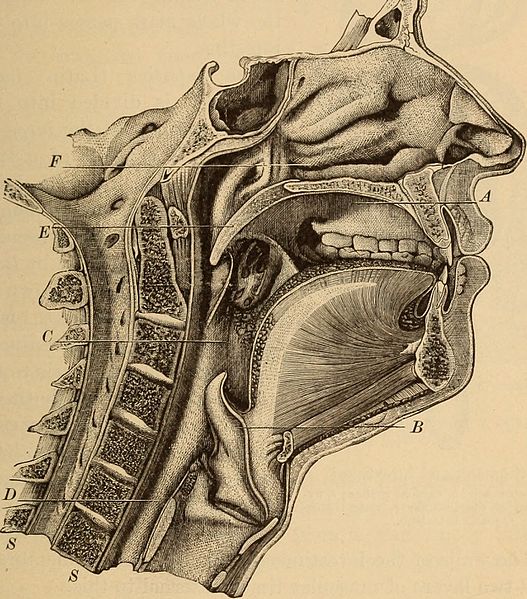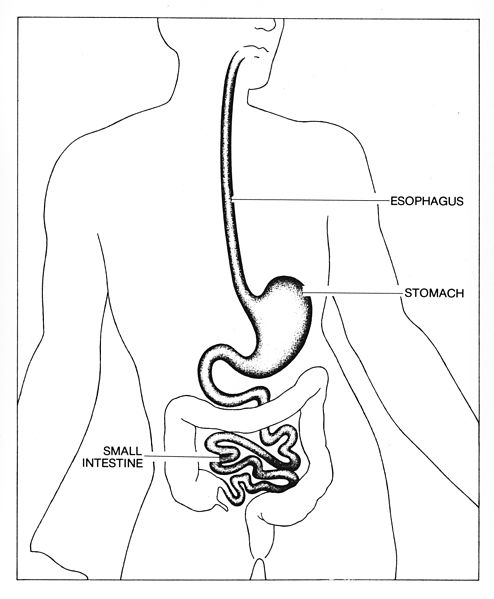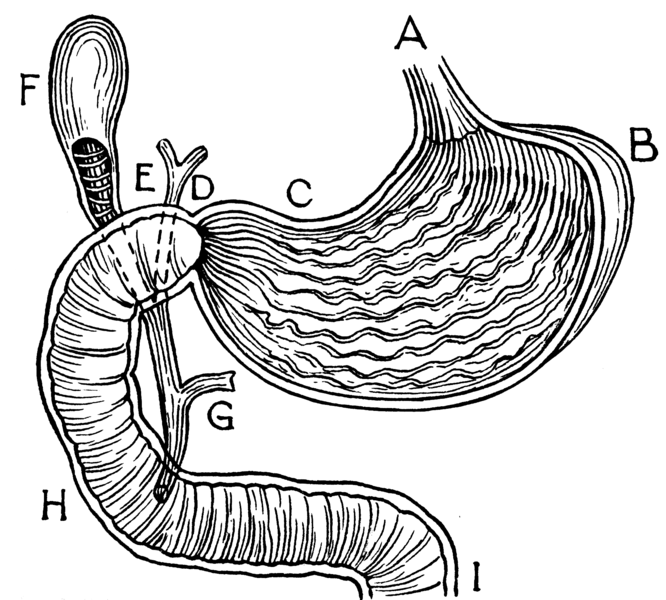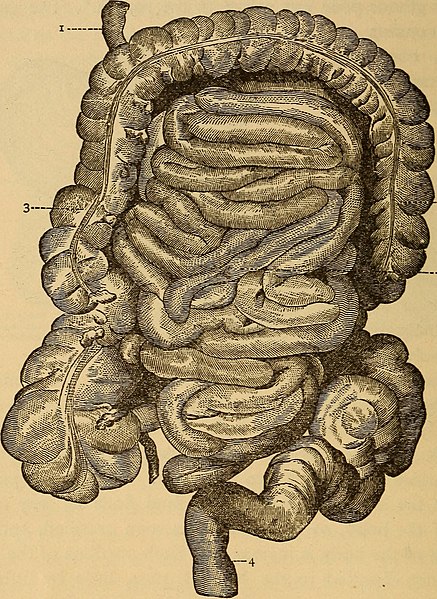
You are what you eat!
How does the food we eat become us? How do we get energy from food?
Chewing food is important! Take time for it and enjoy it! Many carbohydrates will taste sweeter the longer they are chewed. Like scissors enzymes cut the food up chemically. Enzymes for fats (lingual lipase) and carbohydrates (amylase) are in our saliva and mix with the food to chemically break the food down even smaller. Notice the name of most enzymes end with ase. Don’t skip chewing by washing the food down with liquids. This is an important step!
There are two tubes in our neck. The one in front is the wind pipe (trachea), put your hand on your Adam’s apple and swallow, can you feel it? The wind pipe (trachea) leads to our lungs. There is a flap of cartilage (B) (epiglottis) sticking out in the back of the throat. It covers and protects the wind pipe to keep food out of our lungs when we swallow. It folds down and covers the wind pipe as the food keeps sliding down the tube (esophagus) leading to our stomach. If the flap of cartilage (B) (epiglottis) doesn’t cover the wind pipe (trachea) we start choking.

Esophagus = the long tube that connects the mouth with the stomach
Muscles push and squeeze (peristalisis) the food to move it along in the esophagus tube on down into the stomach. As the food moves along it gets smaller.
The esophagus has two sphincters that can close off the tube, one at the top and one at the bottom. The lower esophageal sphincter is also called the cardiac sphincter because when it lets acid from the stomach up into the esophagus we get heartburn.


Stomach
There are lots of very thick and strong muscles that surround the stomach to mix and grind the food into liquid. Triggered by Gastrin hormone the stomach starts to pour in Hydrochloric acid (HCl) which lowers the pH. When the pH get really low; enzymes (pepsin) break up proteins. The food mixes with enzymes in gastric juices until it is liquid. Slowly, and bit by bit the stomach lets out a little bit of liquid through the pyloric sphincter (D) into the small intestines (H).
The stomach makes mucus to protect itself from the strong acids. H. pylori bacteria can cause the stomach to stop making mucus which makes an ulcer.

Intestines
